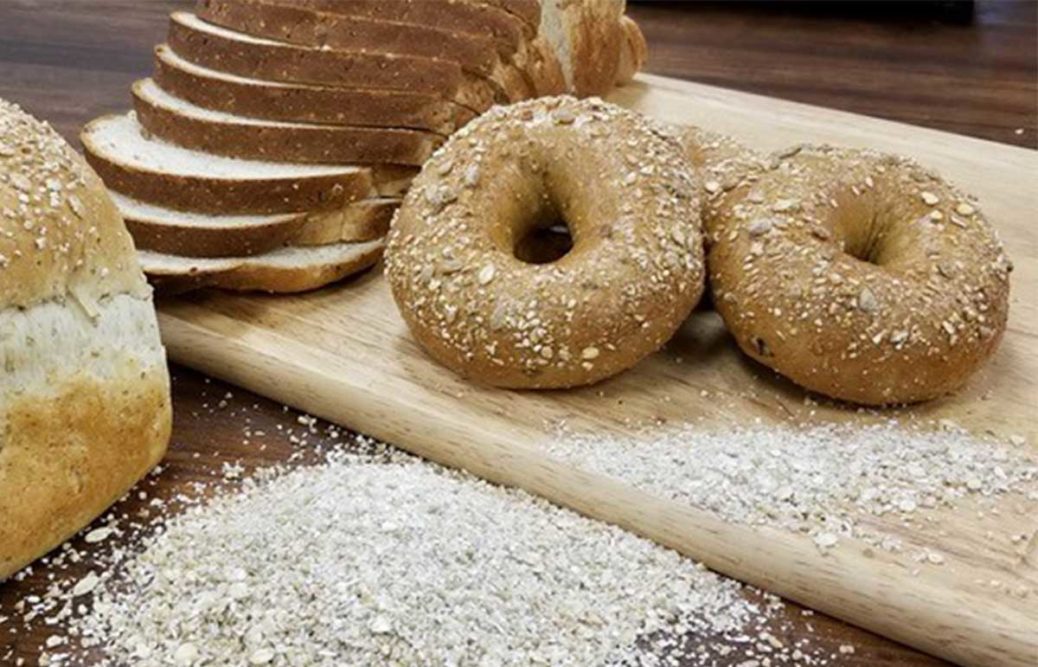Sodium-containing chemical leavening systems may be easy to use and affordable. But replacing them with their non-sodium counterparts doesn’t have to be difficult as long as formulators know what road signs they are looking for. The desired characteristics of the finished product are first and foremost.
“Each baked good is a masterpiece of its own with a particular formula and set of ingredients that work together to create every delicious aspect of the baked good,” said Yanling Yin, PhD, director of RD&A, ingredient solutions, Corbion. “For example, you would likely choose different ingredients and leavening systems for a flat-top muffin versus a dome-topped muffin. Depending on the process and when the leavening occurs, you could see two very different outcomes.”
Achieving the desired outcome requires a knowledge of the reaction happening and how to replicate it without — or simply with less — sodium.
“Analysis of the current leavening system is critical. Formulators must pay attention to neutralizing values, solubility, reaction rates and activation temperatures,” said Nita Livvix, R&D manager, Clabber Girl. “To seamlessly lower sodium, matching these attributes of the current leavening system with sodium free options is crucial to maintaining the quality of the baked product.”
Non-sodium options for leavening acids include monocalcium phosphate (MCP), calcium acid pyrophosphate (CAPP) and dicalcium phosphate dihydrate (DCPD). Cream of tartar and glucono delta-lactone work for bakers looking for organic acids. Potassium bicarbonate and ammonium bicarbonate, in certain applications, can provide bakers with a sodium-free base. But formulators must understand the original leavening system’s elements and then adjust based on the replacement’s capabilities.
“If formulators are substituting potassium bicarbonate for sodium bicarbonate to further reduce sodium levels, they should be aware that to achieve similar levels of carbon dioxide production, they will have to increase the level of potassium bicarbonate by 19% to achieve similar end product baked characteristics,” said Paul Bright, senior innovation manager and product category manager for chemical leavening, AB Mauri North America.
With this knowledge, bakers can properly balance their sodium-free acid and base to mimic their original leavening reaction and offset any unwanted characteristics.
The original chemical leavening reaction can act as a roadmap, guiding formulators to the destination, the final product with all the desired characteristics of texture, taste and volume intact. Effectively reading this map and knowing where to go to replace this reaction requires an understanding of the dough rate of reaction (DRR) and neutralizing values of the current reaction and how that might change with alternative ingredients.
The DRR, or chemical leavening gassing curve, reveals when in the baking process the carbon dioxide is released and how quickly. It’s critical to match this when swapping out the chemical leavening ingredients to get a comparable finished product. This knowledge can make the path forward very clear.
[Related reading: Removing sodium from chemical leavening has challenges]
“Without a way to measure chemical leavening DRR, it is quite difficult for formulators to match the new low sodium’s acidulants solubility to the existing sodium-based acidulants,” Mr. Bright explained. “Therefore, extensive baking and reformulating will have to be done to fine-tune the final formulation.”
Other ingredients and environmental factors can also impact DRR, so it’s important that bakers understand their process conditions, formulations and the DRR of the acidulants they are contemplating.
“If the current leavening system provides 60% of its available gas release with heat in the oven, it must be matched with a sodium-free option that provides the same rate of gas release,” Ms. Livvix explained. “A combination of acids may be necessary to achieve this.”
Neutralizing value is the other variable to balancing this equation. This critical value refers to how much leavening acid will be necessary to release all the bicarbonate, so that neither remains in the finished product.
“In designing leavening systems formulators should be sure to properly balance the acid and bicarbonate so that both are efficiently used and the formula level’s optimal,” said Robert Berube, technical services manager, Church & Dwight.
Without this balance, bakers can wind up with an unbalanced pH and the impact that will have on final product characteristics.
This article is an excerpt from the March 2021 issue of Baking & Snack. To read the entire feature on chemical leavening, click here.





